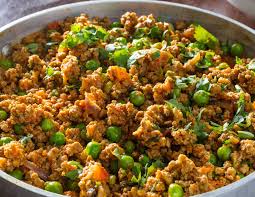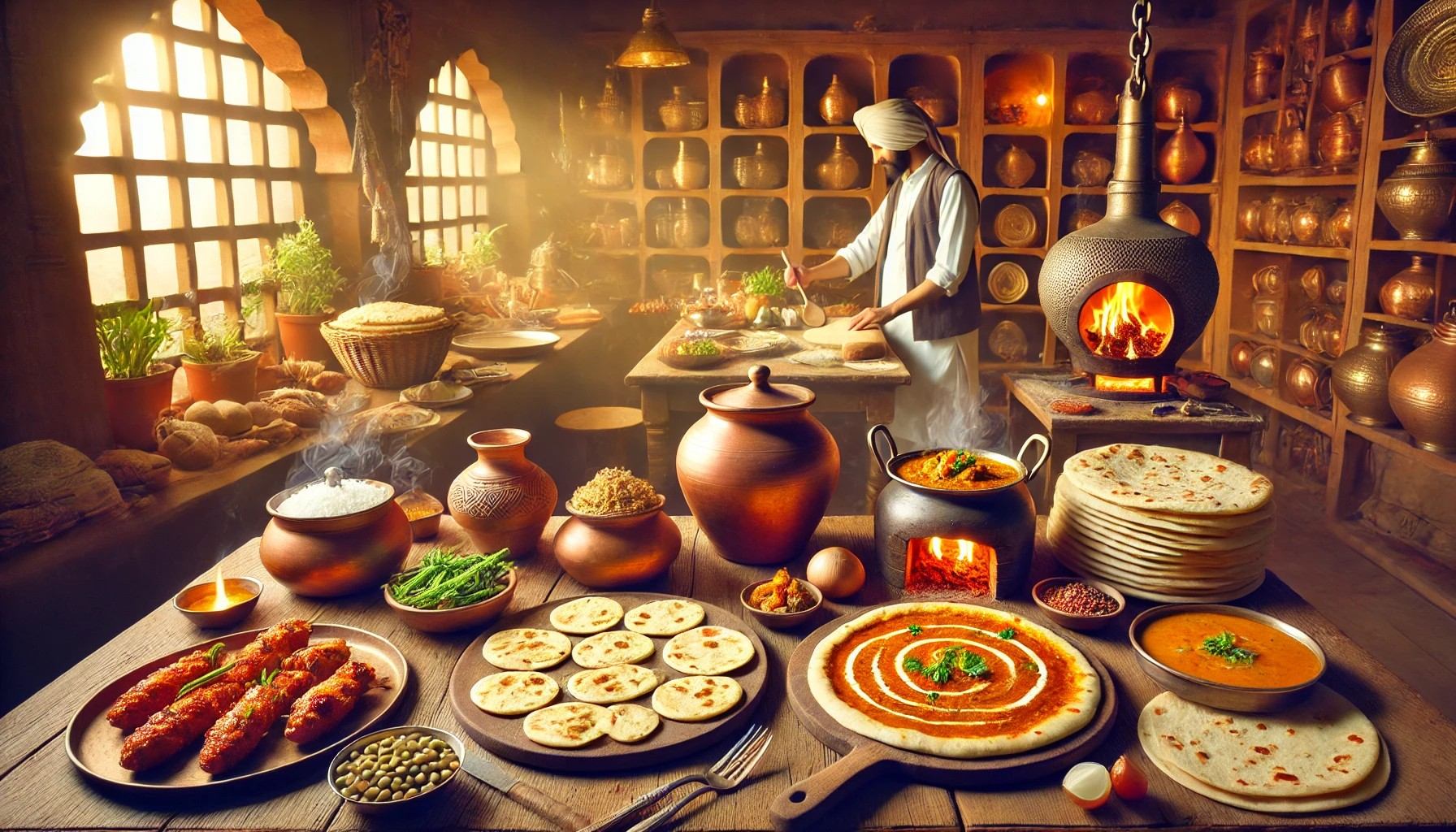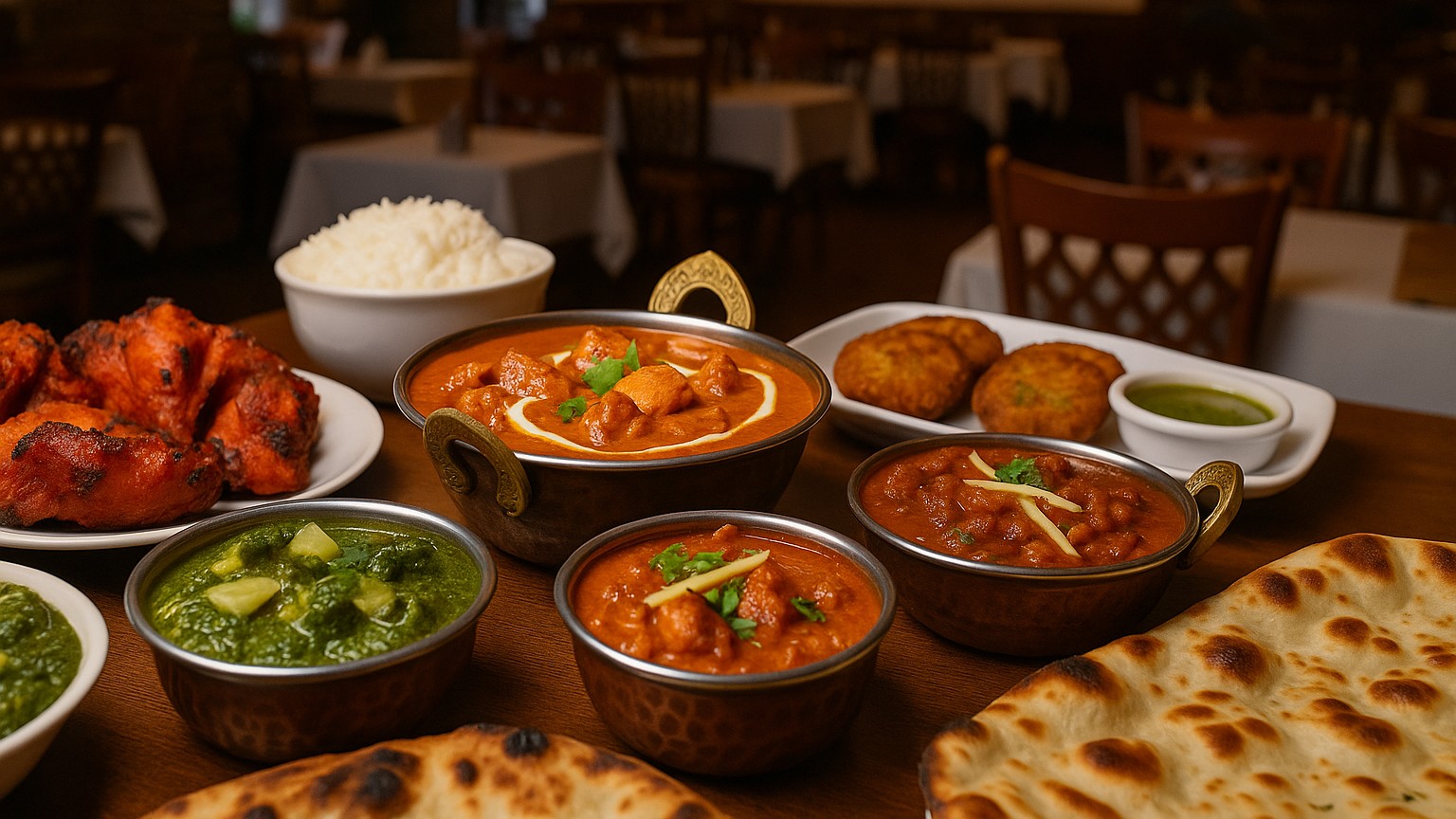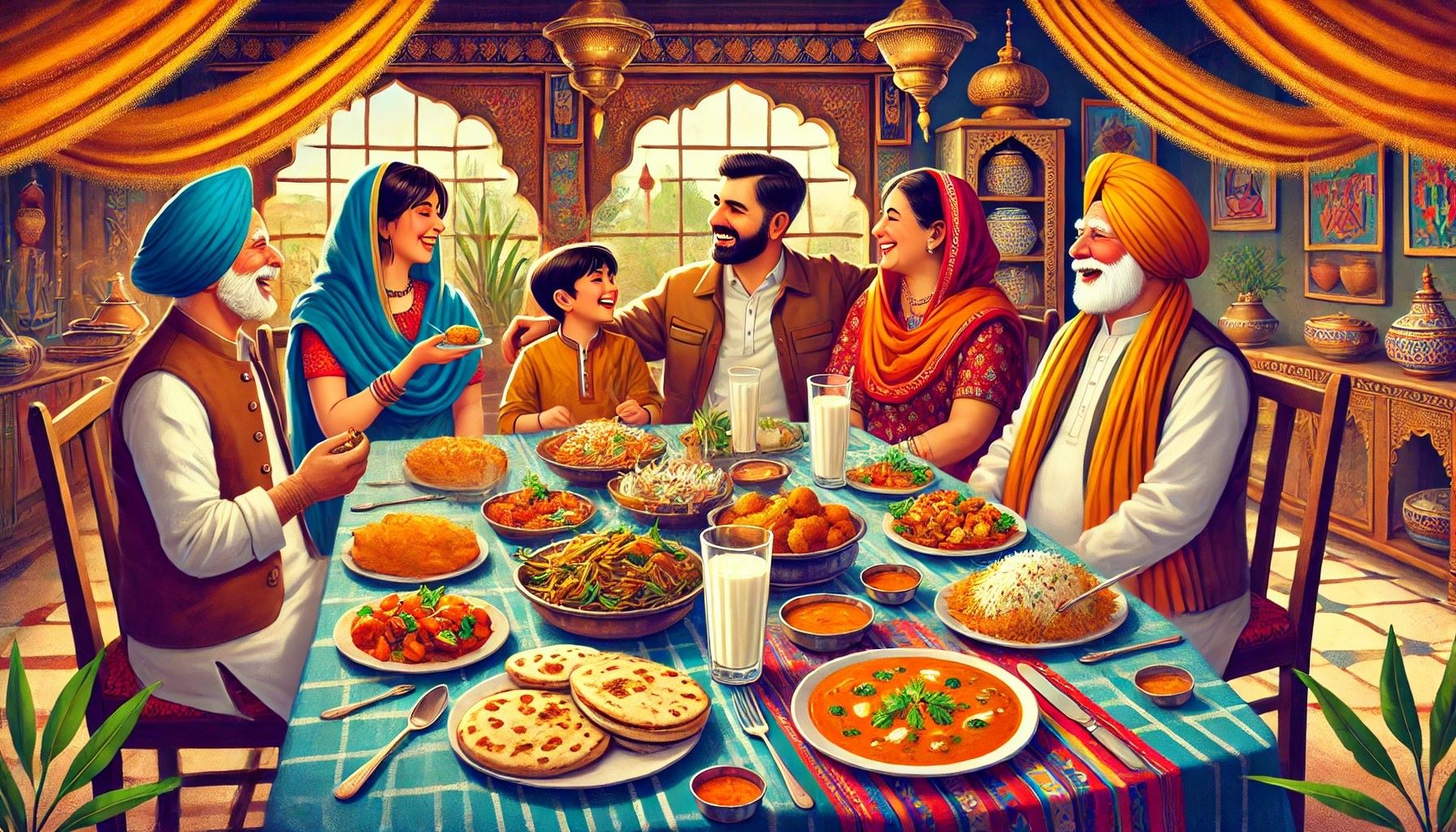Keema Matar: A Timeless Punjabi Classic That Delights Every Palate
Keema Matar is more than just a dish—it’s a flavorful story of Punjab’s rich culinary heritage. This combination of minced meat and green peas has transcended borders and continues to be celebrated in kitchens and restaurants worldwide.
1. The Origins of Keema Matar
-
Keema (minced meat) has been part of Mughal and Punjabi cuisine for centuries.
-
The addition of fresh green peas (matar) gave the dish its signature balance of richness and freshness.
-
Over time, it evolved into a comfort food for families across North India and beyond.
2. The Flavors That Define It
-
A bold mix of spices like cumin, coriander, and garam masala gives the dish depth.
-
Juicy green peas add sweetness and texture, balancing the savory keema.
-
The result is a hearty, aromatic curry that pairs perfectly with breads or rice.
3. Cultural and Festive Significance
-
Often cooked during family gatherings and festivals in Punjab.
-
Seen as both everyday fare and a dish worthy of special occasions.
-
It represents warmth, generosity, and the tradition of sharing meals.
4. Variations Across Kitchens
-
Chicken, lamb, or goat keema are popular bases.
-
Vegetarian alternatives using soy or mushrooms have gained popularity.
-
Each household adds its unique spice blends and techniques.
5. Perfect Pairings
-
Best enjoyed with roti, naan, paratha, or steamed basmati rice.
-
Side dishes like raita or salad complement its richness.
-
A squeeze of lemon or fresh coriander elevates the flavors even further.
6. Why Keema Matar Remains Popular
-
Combines nutrition and flavor in one dish.
-
Flexible enough for casual dinners or festive spreads.
-
Loved equally by traditional food enthusiasts and modern foodies.
Final Thought
Keema Matar isn’t just food—it’s a culinary bridge between tradition and modernity. This Punjabi dish continues to win hearts for its simplicity, flavor, and ability to bring people together at the dining table.




.webp)



